Midjourney just changed the generative image game and showed me how comics, film, and TV might never be the same
Choose your character
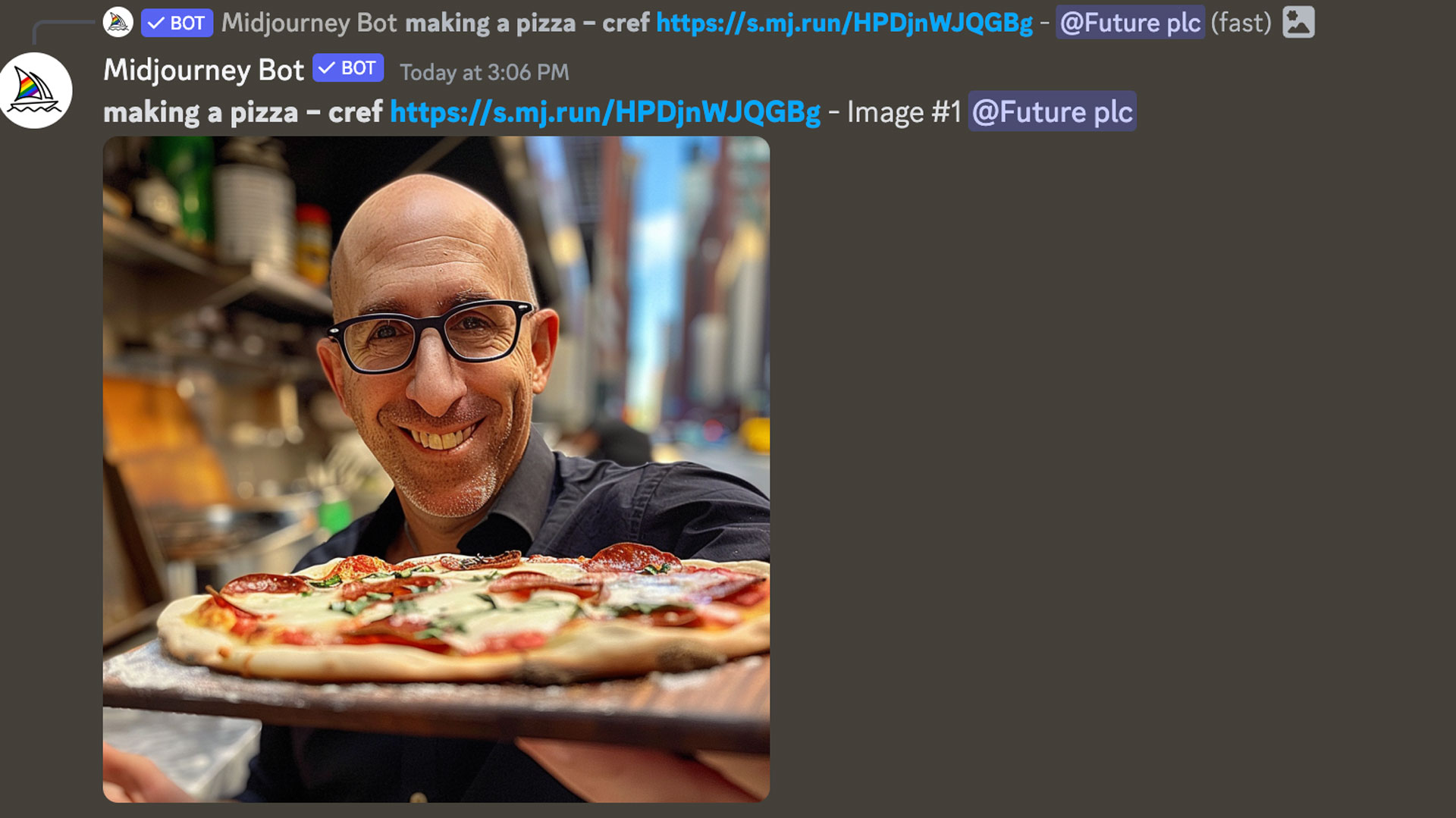
Midjourney, the Generative AI platform that you can currently use on Discord just introduced the concept of reusable characters and I am blown away.
It's a simple idea: Instead of using prompts to create countless generative image variations, you create and reuse a central character to illustrate all your themes, live out your wildest fantasies, and maybe tell a story.
Up until recently, Midjourney, which is trained on a diffusion model (add noise to an original image and have the model de-noise it so it can learn about the image) could create some beautiful and astonishingly realistic images based on prompts you put in the Discord channel ("/imagine: [prompt]") but unless you were asking it to alter one of its generated images, every image set and character would look different.
Now, Midjourney has cooked up a simple way to reuse your Midjourney AI characters. I tried it out and, for the most part, it works.
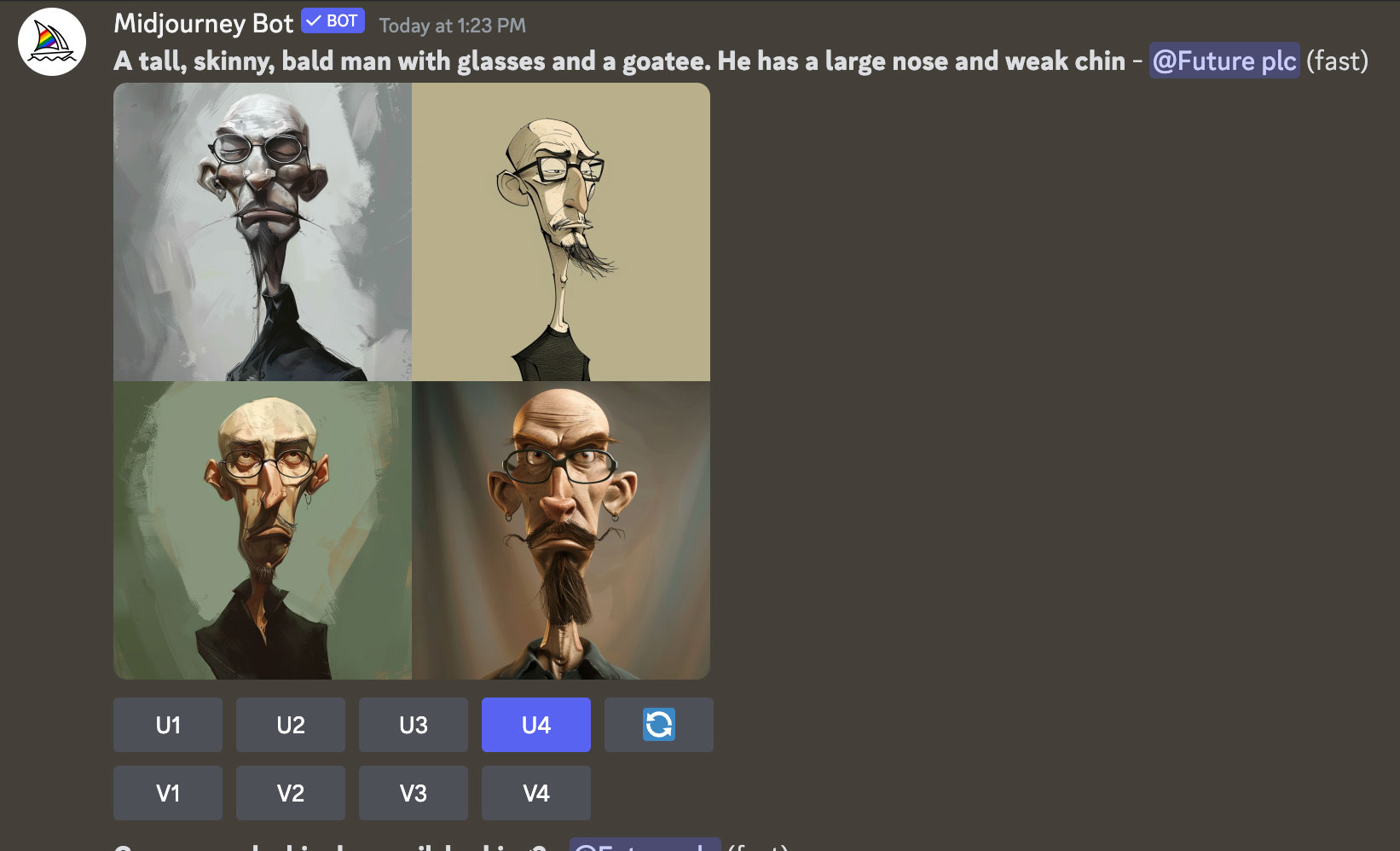
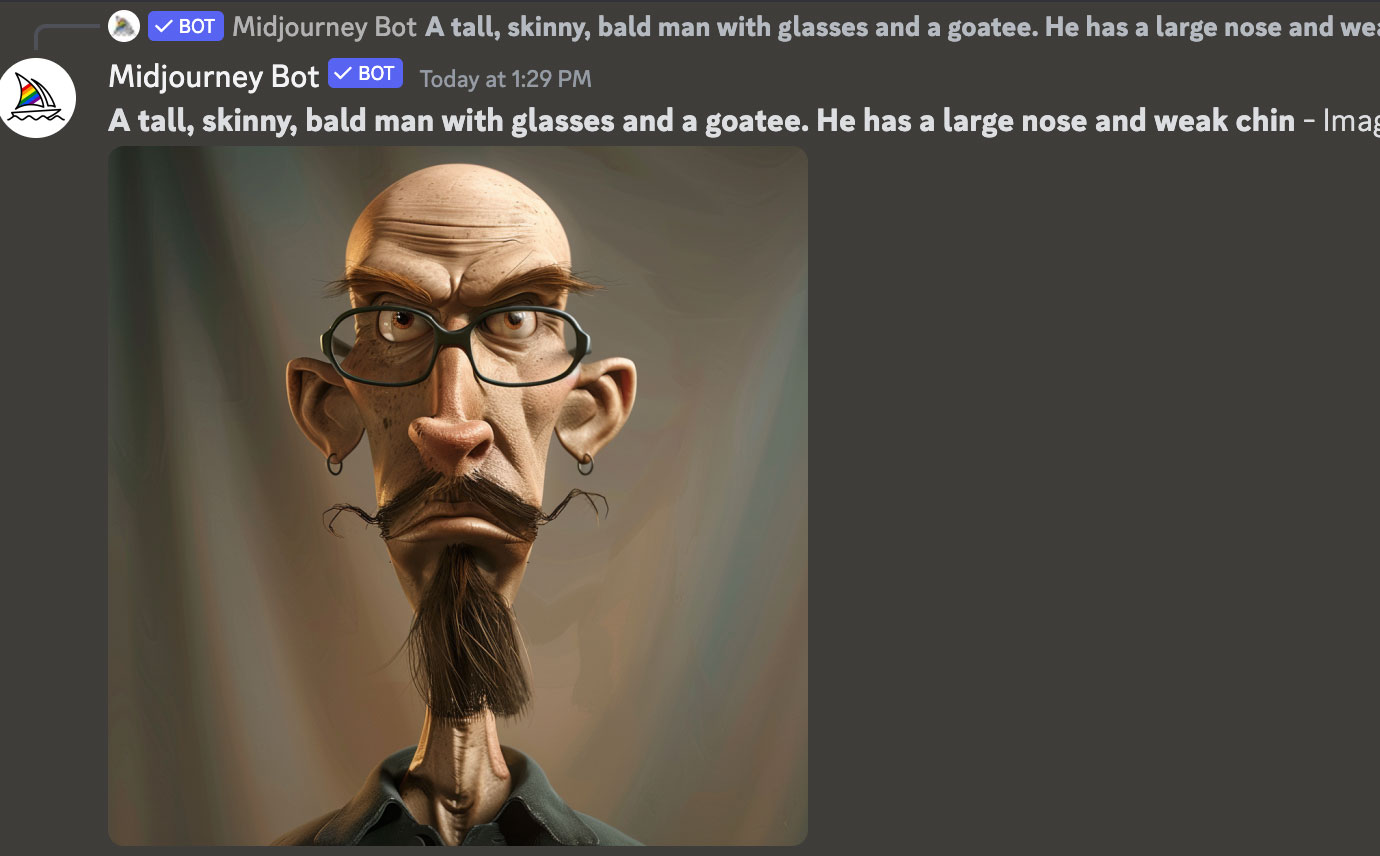
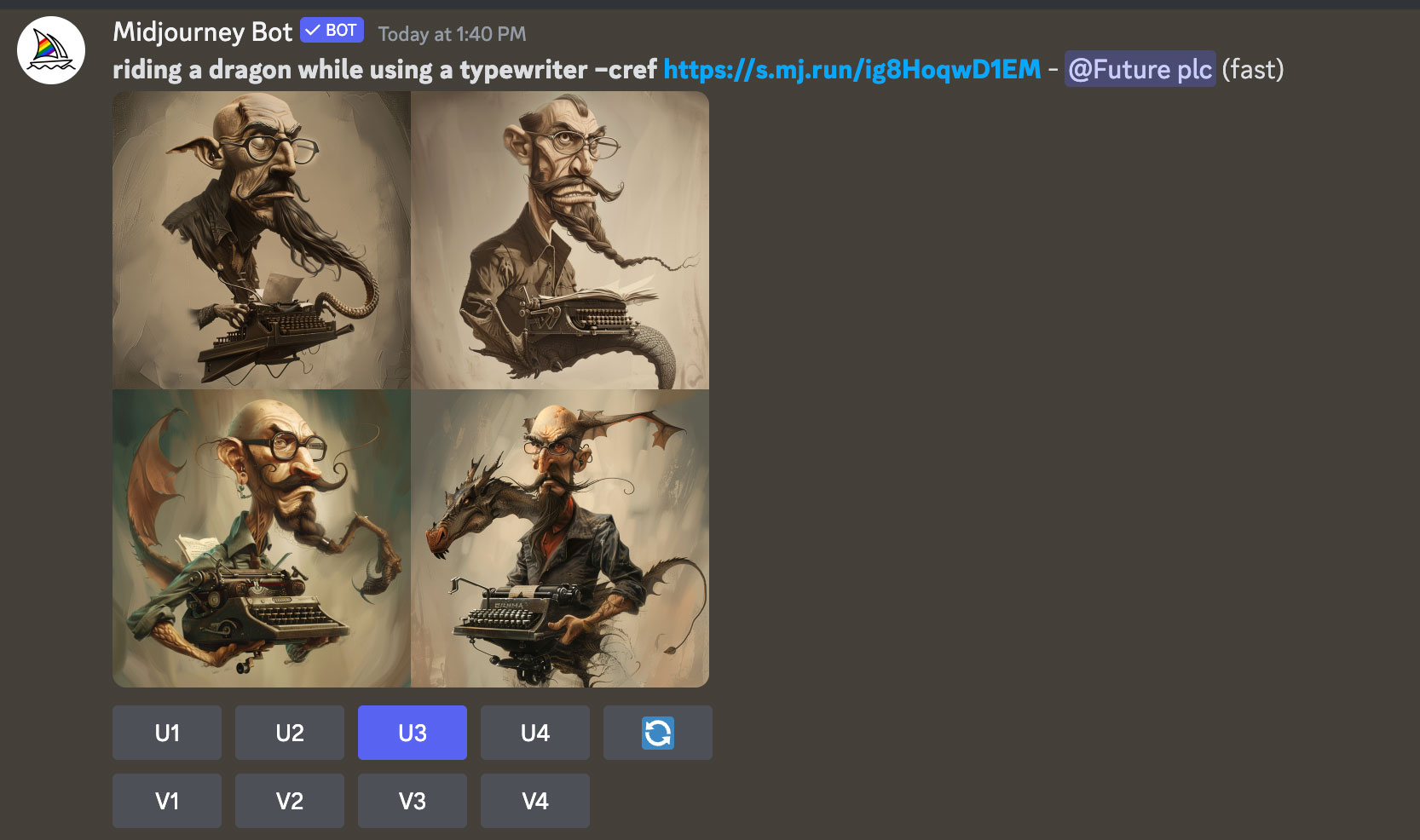
In one prompt, I described someone who looked a little like me, chose my favorite of Midjourney's four generated image options, upscaled it for more definition, and then, using a new "– cref" prompt and the URL for my generated image (with the character I liked), I forced Midjourney to generate new images but with the same AI character in them.
Later, I described a character with Charles Schulz's Peanuts character qualities and, once I had one I liked, reused him in a different prompt scenario where he had his kite stuck in a tree (Midjourney couldn't or wouldn't put the kite in the tree branches).
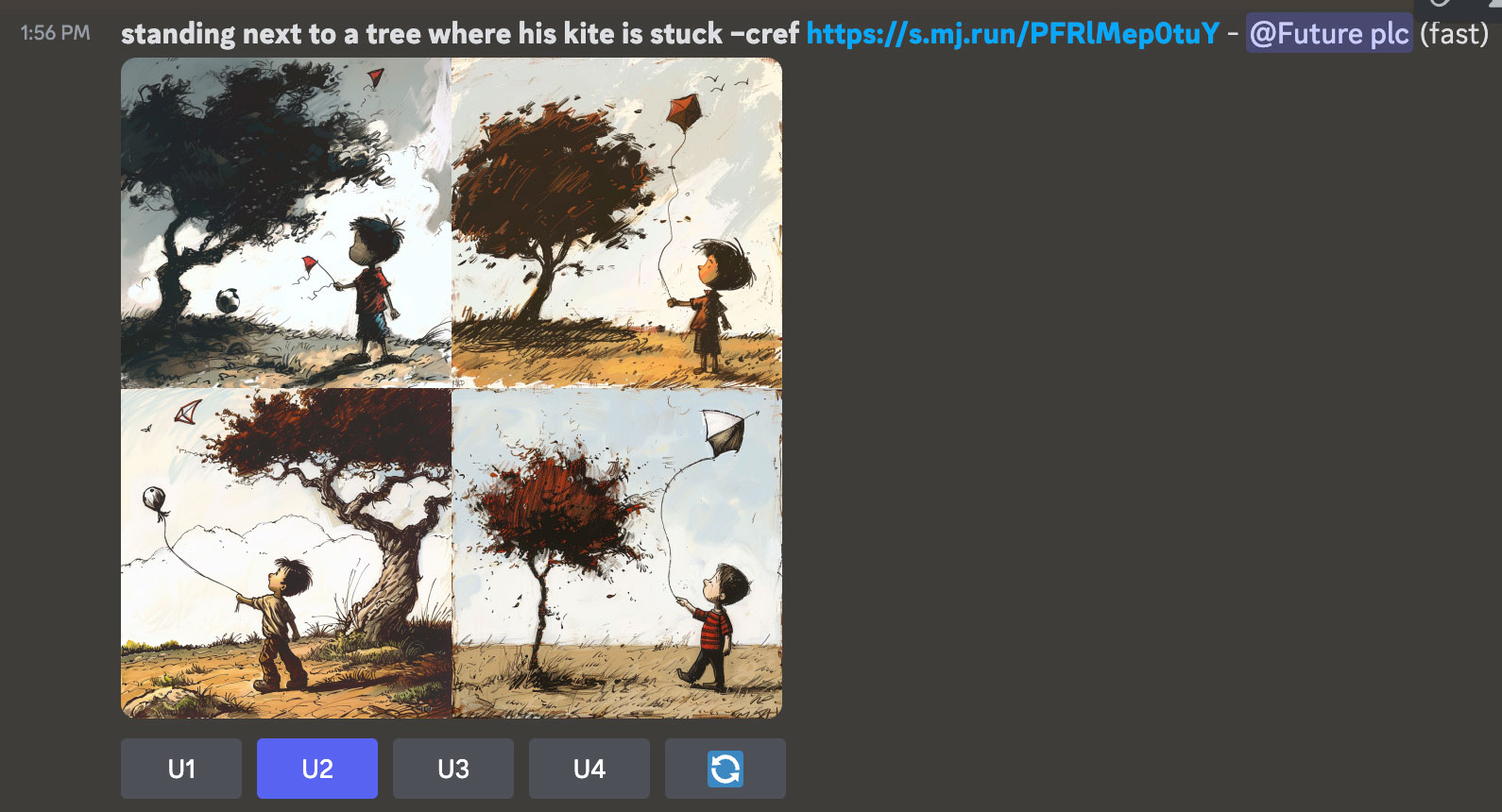
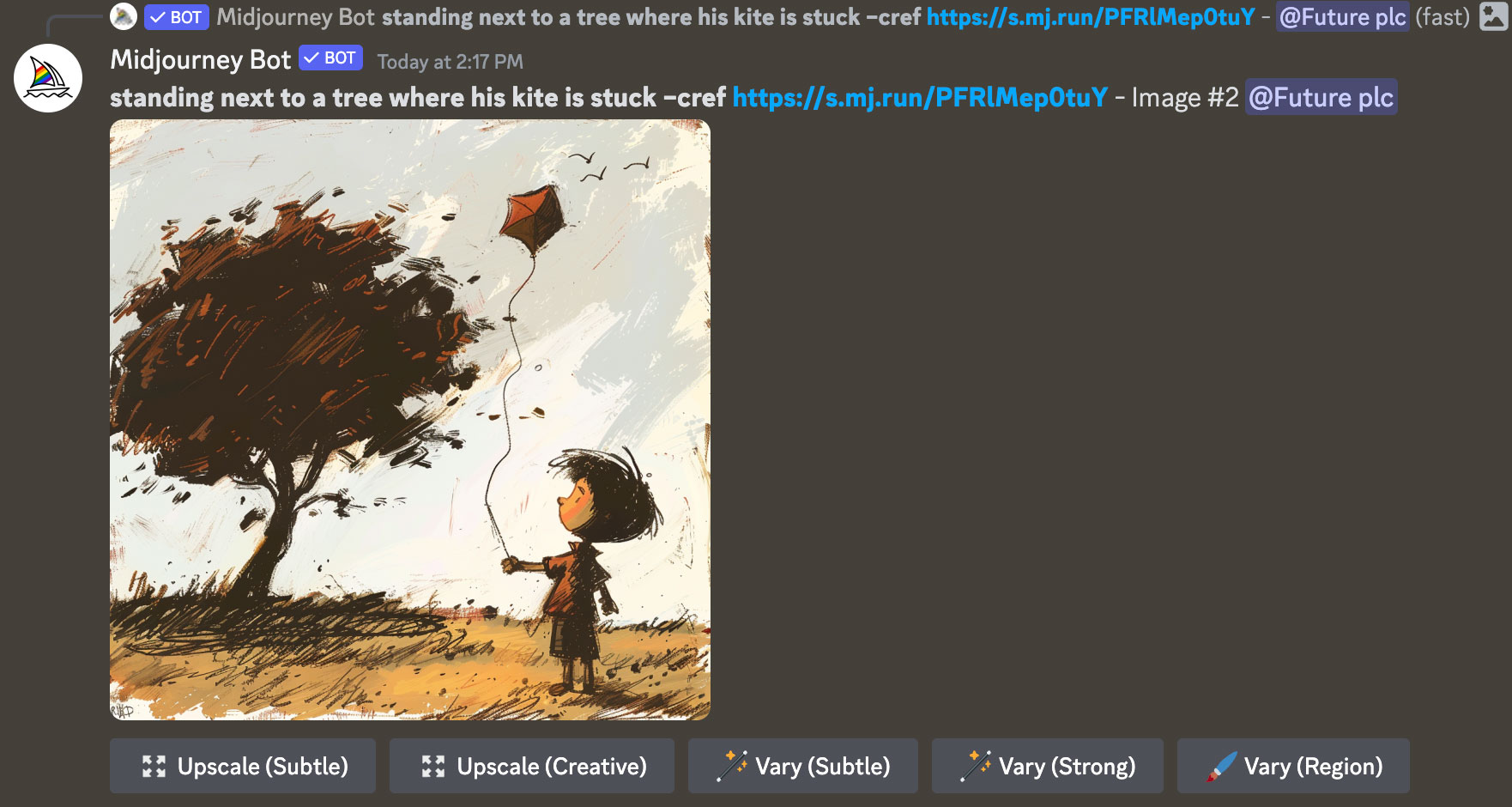
It's far from perfect. Midjourney still tends to over-adjust the art but I contend the characters in the new images are the same ones I created in my initial images. The more descriptive you make your initial character-creation prompts, the better result you'll get in subsequent images.
Get daily insight, inspiration and deals in your inbox
Sign up for breaking news, reviews, opinion, top tech deals, and more.
Perhaps the most startling thing about Midjourney's update is the utter simplicity of the creative process. Writing natural language prompts has always been easy but training the system to make your character do something might typically take some programming or even AI model expertise. Here it's just a simple prompt, one code, and an image reference.

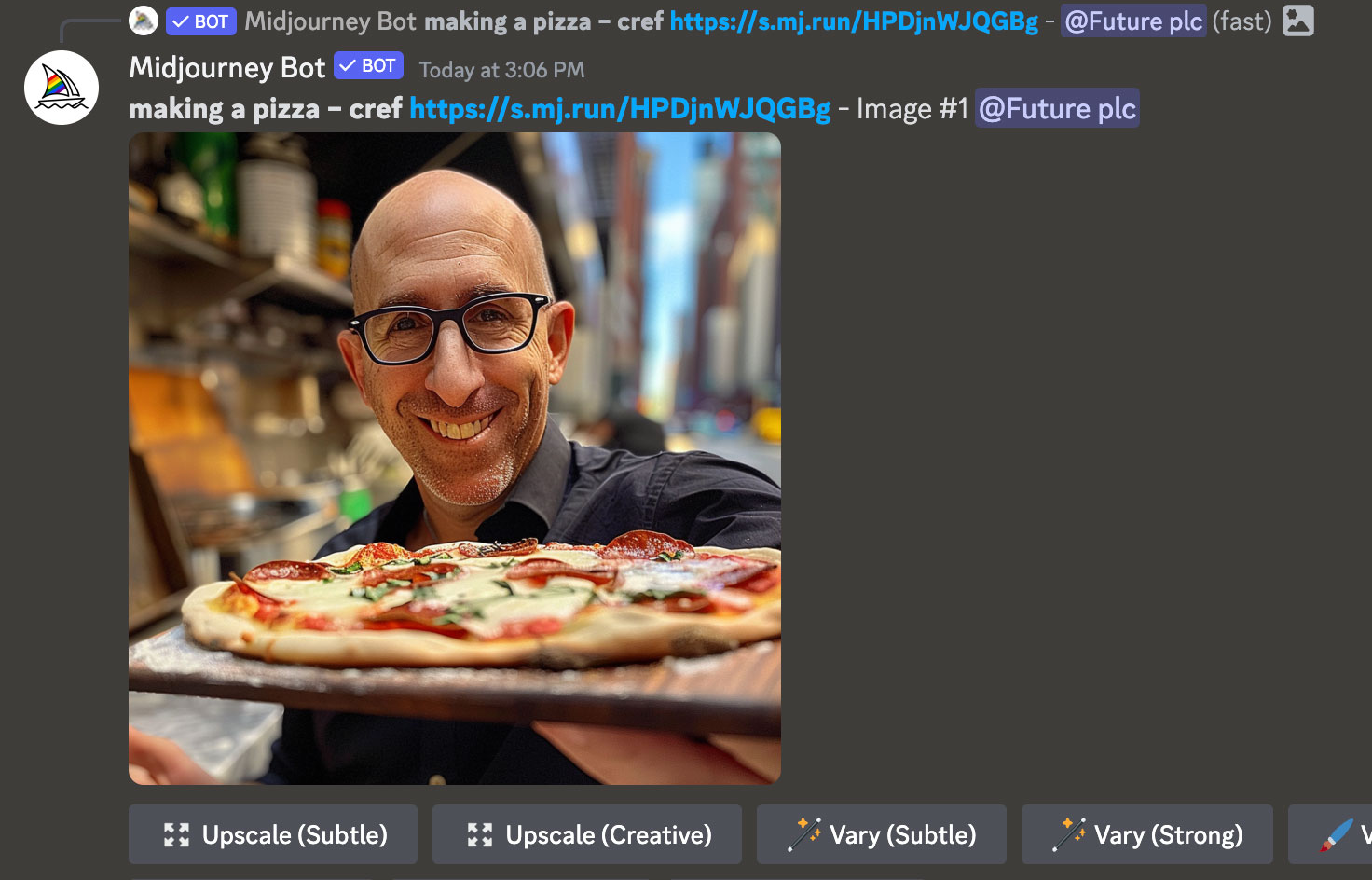
While it's easier to take one of Midjourney's own creations and use that as your foundational character, I decided to see what Midjourney would do if I turned myself into a character using the same "cref" prompt. I found an online photo of myself and entered this prompt: "imagine: making a pizza – cref [link to a photo of me]".
Midjourney quickly spit out an interpretation of me making a pizza. At best, it's the essence of me. I selected the least objectionable one and then crafted a new prompt using the URL from my favorite me.
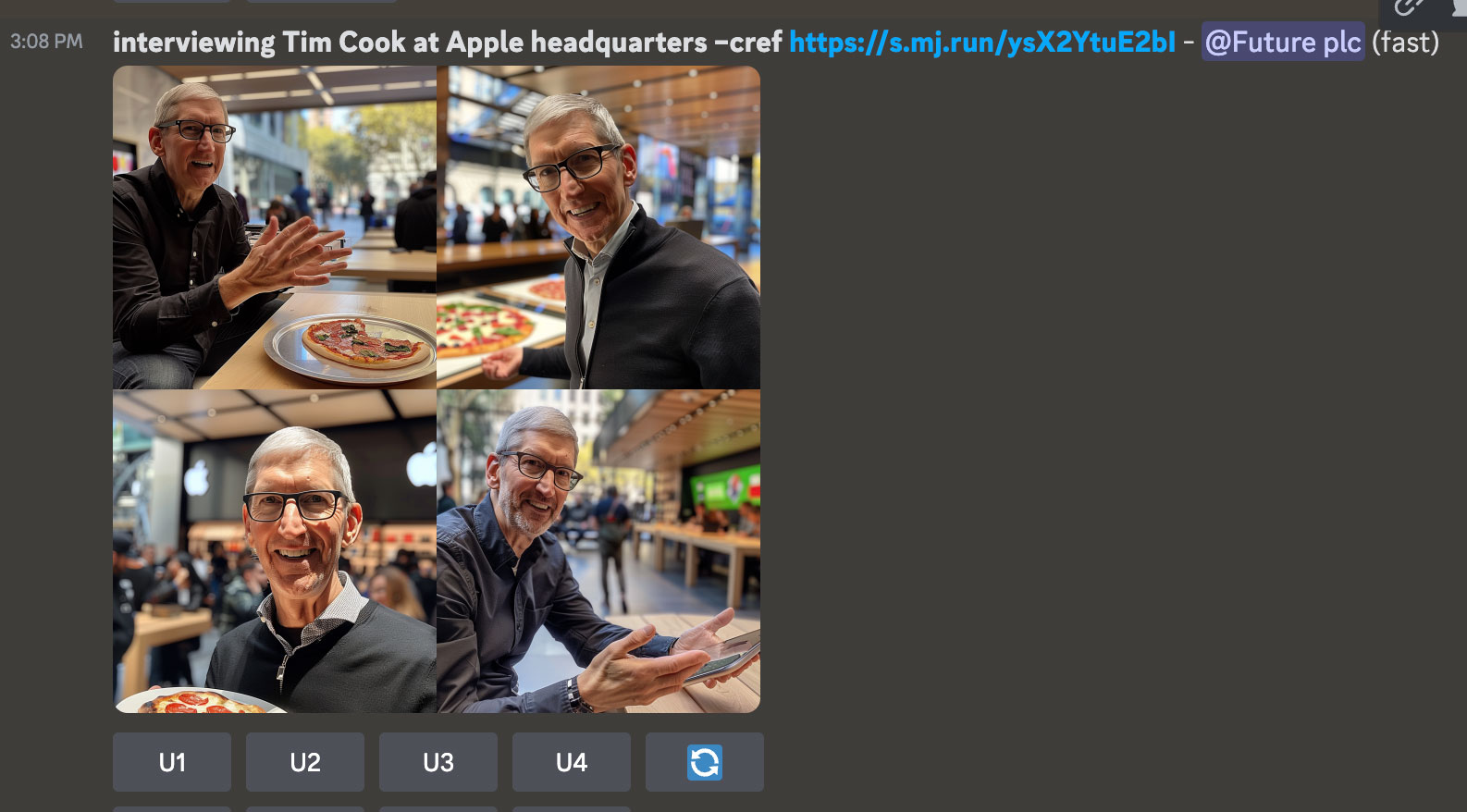
Unfortunately, when I entered this prompt: "interviewing Tim Cook at Apple headquarters", I got a grizzled-looking Apple CEO eating pizza and another image where he's holding an iPad that looks like it has pizza for a screen.
When I removed "Tim Cook" from the prompt, Midjourney was able to drop my character into four images. In each, Midjourney Me looks slightly different. There was one, though, where it looked like my favorite me enjoying a pizza with a "CEO" who also looked like me.
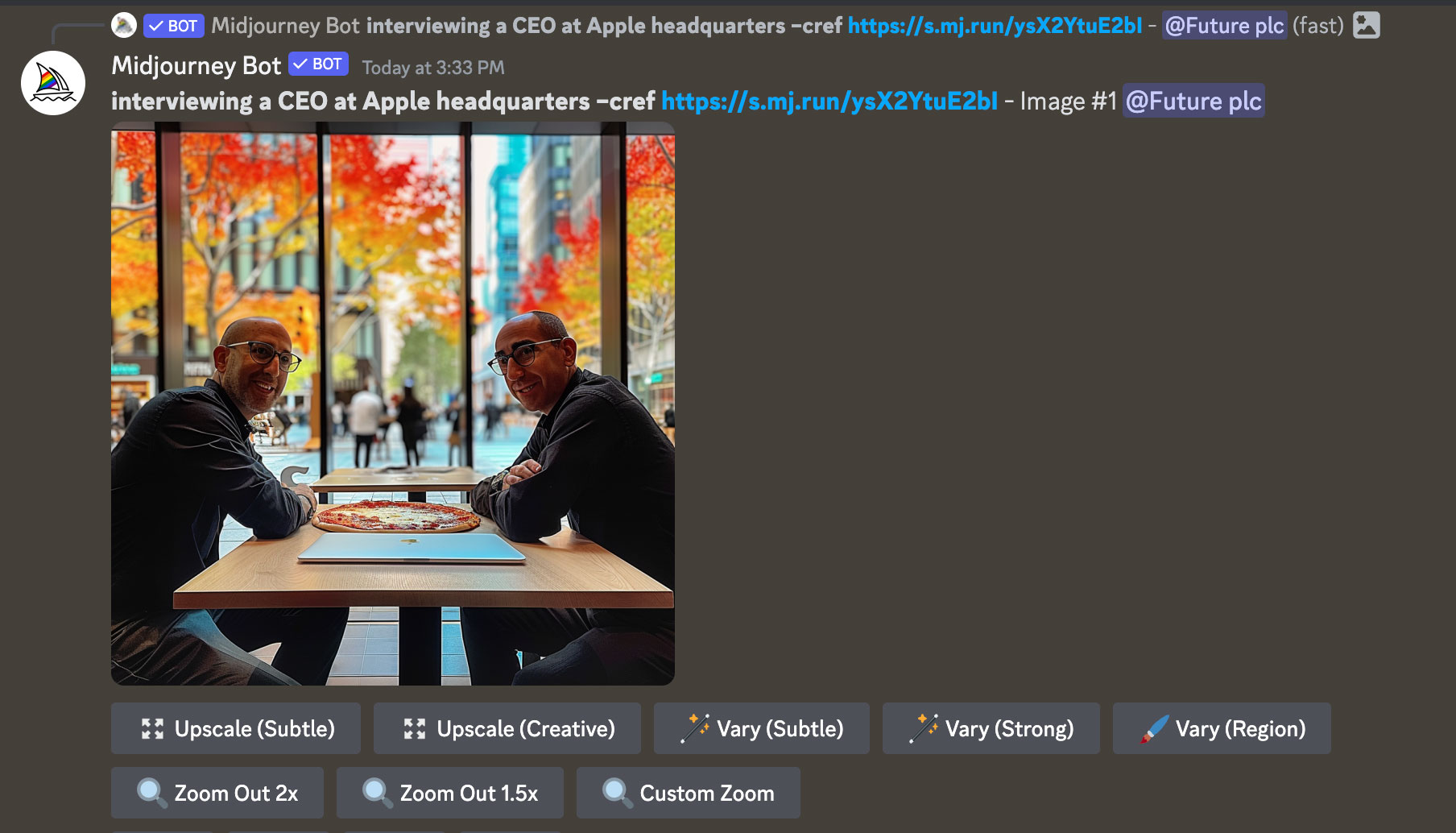
Midjourney's AI will improve and soon it will be easy to create countless images featuring your favorite character. It could be for comic strips, books, graphic novels, photo series, animations, and, eventually, generative videos.
Such a tool could speed storyboarding but also make character animators very nervous.
If it's any consolation, I'm not sure Midjourney understands the difference between me and a pizza and pizza and an iPad – at least not yet.
You might also like

A 38-year industry veteran and award-winning journalist, Lance has covered technology since PCs were the size of suitcases and “on line” meant “waiting.” He’s a former Lifewire Editor-in-Chief, Mashable Editor-in-Chief, and, before that, Editor in Chief of PCMag.com and Senior Vice President of Content for Ziff Davis, Inc. He also wrote a popular, weekly tech column for Medium called The Upgrade.
Lance Ulanoff makes frequent appearances on national, international, and local news programs including Live with Kelly and Mark, the Today Show, Good Morning America, CNBC, CNN, and the BBC.